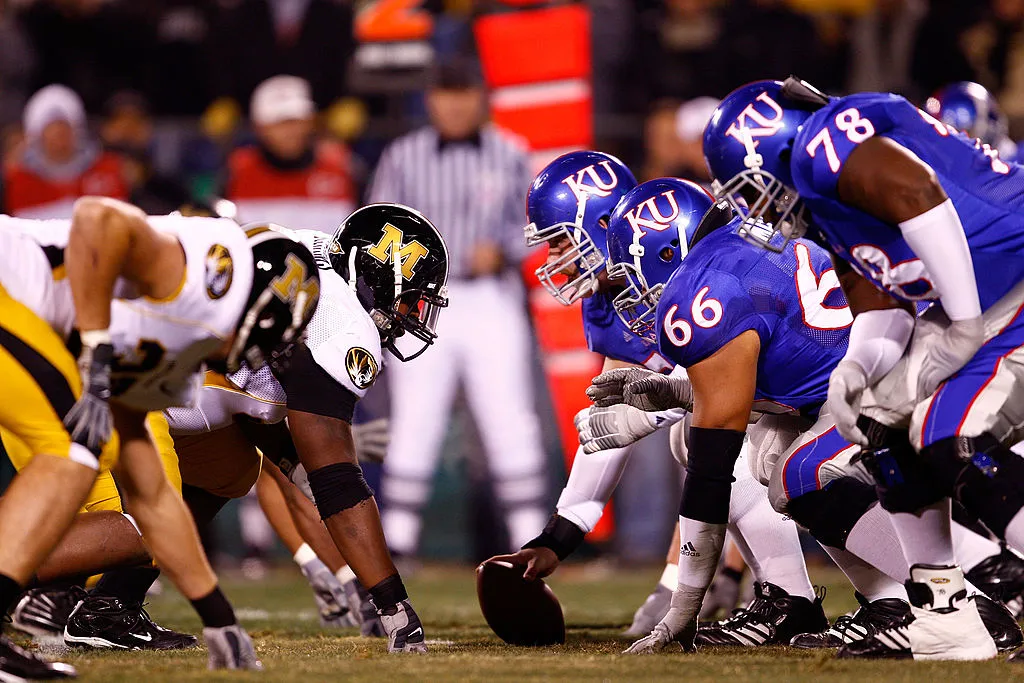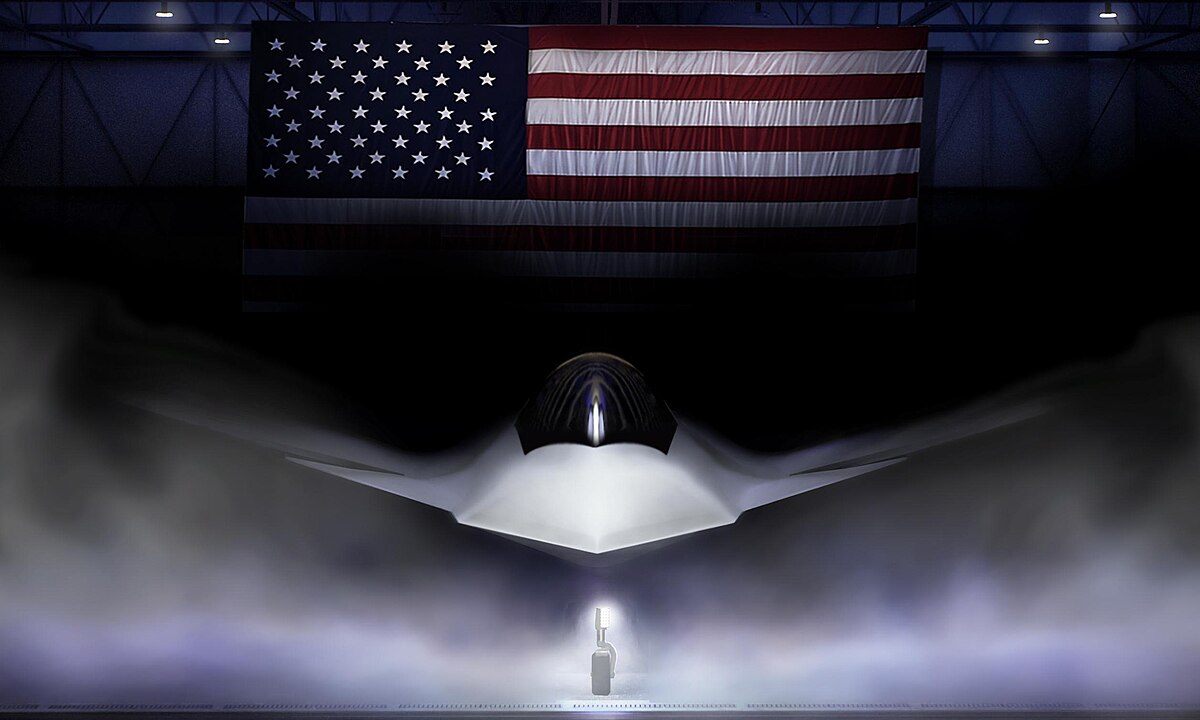Formula 1 (F1) is a fast-paced, technology and drama-filled motorsport with a global audience. In F1 there are 10 teams each with two drivers. But, here are four points why you should watch the races and follow the motorsport:
- Thrilling Races
Formula 1 races are not boring, contrary to popular belief. Just watch some of the best races like Britain 2022, or Abu Dhabi 2021. Many aspects are mixed into the action, like red flags, safety, and virtual safety cars, which can flip the aspects of the race in a heartbeat. The races are very fast-paced with cars being able to reach up to 230 miles per hour on straights and jetting corners that spice up battles between drivers. There is also a lot of strategy involved in a race, like staying on hard compound tires for 30 laps and waiting for a slowdown in the race to pit and retain a lead. The races are always on a different track which means different effects on tyre life and different average speeds.

(Image Caption: An iconic moment at the British GP in Silverstone as Hamilton overtakes both Charles Leclerc and Sergio Perez in one corner.)
- Spectacular Technology
F1 cars are made up of four different engines: Honda, Mercedes, Ferrari, and Renault. But, what is built around the engines is what makes up the difference between the top teams like Red Bull, Ferrari, and McLaren, and the bottom teams like Sauber, Williams, and Alpine. First, is the aerodynamics that go into making a fast race car. The side pods, front wings, and rear wings are aspects of the car that make up the aerodynamics, and also how effective the DRS (Drag Reduction System) is on a car. DRS is when the rear wing opens up to let more airflow around the car and makes overtaking in the straights easier. Also, the downforce on an F1 car which is affected by the floor and weight of the car is another significant part of F1 engineering that top teams have gotten good at managing. The downforce affects the car’s turning and grip.

(Image Caption: Notice how the front wings, rear wings, and the sides of the top five cars are all different.)
- The Driver’s Strengths and Reflexes
Although your average F1 driver doesn’t look super athletic, they are. F1 drivers don’t need to be 6-foot strong men, or there could be problems with weight management or room in the cockpit. Take Yuki Tsunoda for example, a driver for the second Red Bull team who is a whopping five-foot-three. Another note about an F1 driver is their neck size and strength. The amount of exercise these F1 drivers do to make sure their necks don’t wiggle around when they go through high-speed corners is crazy. Also, the reflexes and reaction time an F1 driver must have to successfully start a race and go through the race without causing any crashes is crazy. They have reflexes faster than most sports goalies.

(Image Caption: Lando Norris training his neck against a strongly pulled band.)
- Global Appeal and How Much There is to cheer for
Formula 1 has 24 races on its 2024 calendar with them in 20 countries and six different continents. There are fans of Formula 1 all over the world who like certain teams or drivers based on their nationality. For example, most Italian F1 fans like Ferrari as a team. Or British fans like British drivers, such as Lando Norris or Lewis Hamilton. These drivers and teams have fans all around the world. With 10 teams (Ferrari, McLaren, Red Bull, Mercedes, Haas, Kick Sauber, Alpine, Williams, Aston Martin, or Red Bull’s junior team VCARB), there are plenty of teams or individual drivers to cheer for in the almost weekly races.
With last weekend in Miami being a spectacular race weekend and two weeks from now being in Imolam it is a great time to start watching F1 as some spectacular tracks and possibly races are coming up.











